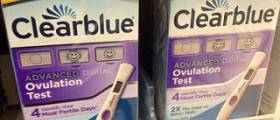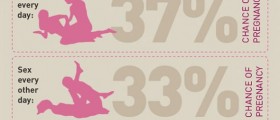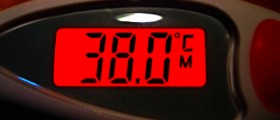
Fertility is a natural capability of giving new life. In humans, this capability largely depends on various factors including timing, emotions, nutrition, sexual behavior, culture, hormones and the way of life. Both men and women have hormonal cycles that determine when a woman is ready to achieve pregnancy and when is a men most virile. Doctors are often talking about these collective factors as about fertility cycles. Men fertility cycles are variable as they produce sperm at any time of month, but the quality of their semen decreases and increases periodically. Women have a fertility cycle that is about 28 days long.
Fertility cycle
Theoretically, women can become pregnant at any time during their menstrual cycle. Occurs in fertile women and it is under the control of the endocrine system. Menstrual cycle is divided into a number of phases and it is counted from the first day of menstrual bleeding. Ovulation typically occurs at the middle of the menstrual cycle, but the exact length varies from cycle to cycle even for the same woman. Typically, peak fertility happens in just a couple of days during the menstrual cycle and women are most likely to become pregnant if they had unprotected sexual intercourse two days before or two days after the ovulation date. The egg, released during the ovulation, is ready to be fertilized for up to 48 hours following its release from the ovary. Since the sperm survives inside the uterus between 48 to 72 hours, two days before and two days after the ovulation are considered most fertile periods in a menstrual cycle.
Charting Fertility Cycle
In most cases, women can get pregnant as soon as they start trying. However, for certain couples it takes a bit more effort to achieve pregnancy. One of the best ways to increase the chances of getting pregnant is to chart the fertility cycle. This allows for a better insight on when the body is going into ovulation, and what is the best timing for fertilization.
Charting is a simple process that involves regular measurements of basal body temperature, examination of cervical mucus, taking notes about beginning of the menstrual period, its length and noting about when the couple had sexual intercourse. Before ovulation, a woman's basal body temperature is usually about 97.0 to 97.5 degrees Fahrenheit but the hormone progesterone, released during the ovulation, slightly increases temperature a day or two after ovulation. Monitoring changes in cervical mucus is also highly effective way of predicting ovulation. At the time of ovulation mucus becomes thin, stretchy, and clear, similar to the consistency of egg whites. This is the most fertile period of menstrual cycle.
















Your thoughts on this
Loading...